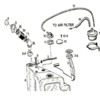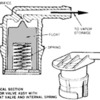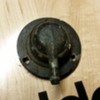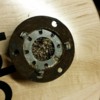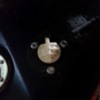Fairly new owner. twice now I have filled the gas tank and when done, gas is pouring out the bottom. first time this happened I drove away from the station, smelled gas and stopped. gas was pouting out the bottom. stopped after 15 minutes or so and I drove it home without issue. today same thing but I noticed it pouring out before leaving filling station. I got under the car and realized the fuel was coming out the line that is attached to the vent at the top of the tank.
I shook the line around and the leaking stopped. it was almost like I had created a vacuum or a siphon during the fill up. has this happened to others? I don't think that I overfilled the tank as I didn't top off. thanks for any input.
Original Post


